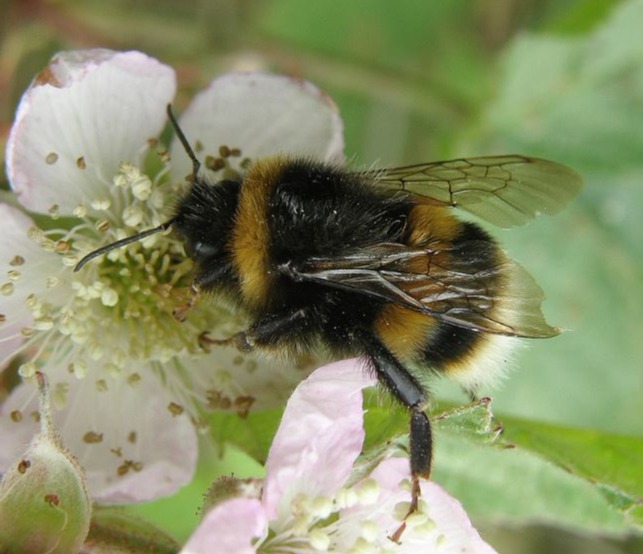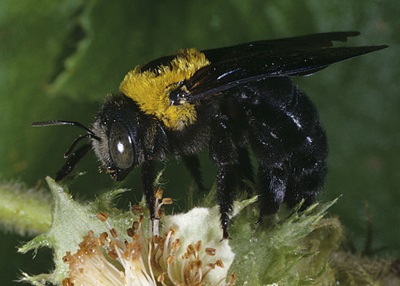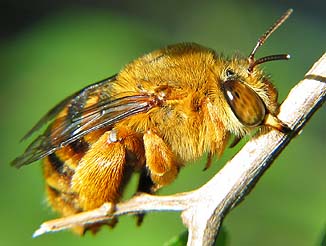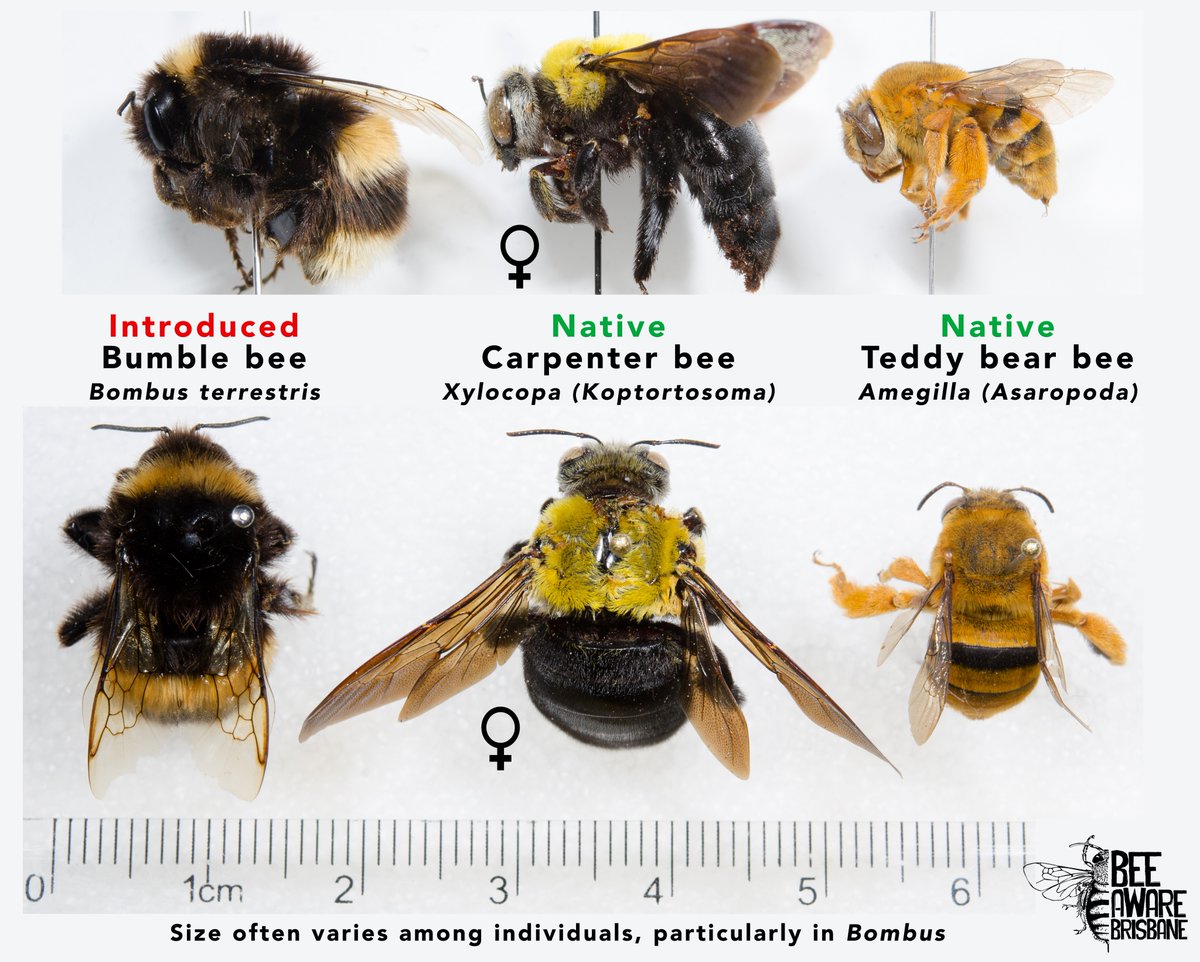
Bumblebees



Current situation
Large earth bumblebees are not currently present in NSW. If large earth bumblebees were to establish in NSW they could increase the spread of many weed species. They can compete with honeybees for floral resources. This can negatively impact honey production for both amateur and commercial beekeepers. They also impact the natural environment by competing with nectar-gathering birds.
Large earth bumblebees can sting repeatedly; venom can cause severe allergic reactions in some people.
Bumblebees (Figure 1) can be confused with native carpenter bees (Figure 2) and teddy bear bees (Figure 3).
Large earth bumblebee
The large earth bumblebee (Bombus terrestris) is widespread in Tasmania but is not known to be present on the Australian mainland. Large earth bumblebees are an invasive exotic bee from Europe and are much larger than honeybees with a distinctive loud buzz when flying.
Characteristics:
- Body is black with one yellow/ochre band across the thorax and another across the abdomen
- Tip of abdomen is buff or white
- Large, fat, hairy bee
- Worker bees are 8-22 mm long
- Queen bees are up to about 25 mm long
- Makes loud buzz when flying
Biosecurity actions
Report all sightings on mainland Australia to:
- Exotic Plant Pest Hotline 1800 084 881
- Email biosecurity@dpi.nsw.gov.au
- Or complete an online form
If you see bumblebees in your area, try to take a photo of the bees.


